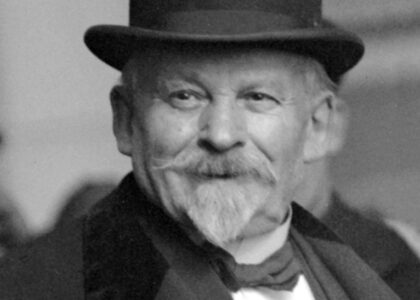Welcome to the Tallulah Falls Dam, a landmark that stands as a testament to the engineering prowess and historical evolution of Georgia’s Tallulah Gorge. This area, a breathtaking marvel of nature, was transformed by human ingenuity in the early 20th century.
The story begins in 1913 when Georgia Railway and Power, now known as Georgia Power, constructed the Tallulah Falls Dam to harness the river’s energy for hydroelectric power. This initiative was part of a larger vision to power the growing city of Atlanta, which was experiencing a surge in demand for electricity. The dam created Tallulah Falls Lake, altering the landscape and the local community’s way of life.
Before the dam’s construction, Tallulah Gorge was a booming tourist destination. The Tallulah Falls Railway, completed in 1882, brought visitors from far and wide to witness the natural beauty of the gorge and its roaring waterfalls. The area was so popular that it became North Georgia’s leading tourist attraction, complete with resort hotels and bars.
Notable figures like Professor Bachman and Karl Wallenda performed tightrope walks across the gorge, thrilling audiences and drawing even more attention to the area. However, the construction of the dam in 1913, which subdued the falls’ roar, led to a decline in tourism.
Despite the dam’s impact on tourism, it marked an important moment in Georgia’s industrial history. The Tallulah and Tugalo rivers became part of a series of six hydroelectric plants, creating one of the most developed waterways for hydroelectric power in the United States at the time. This development was hailed as an engineering marvel, though it came at a cost, including the submergence of the town of Burton.
The dam also played a role in early conservation efforts, as Helen Dortch Longstreet, widow of Confederate General James Longstreet, led a campaign to protect the gorge. Although unsuccessful, her efforts are remembered as one of Georgia’s first conservation movements.
The Tallulah Falls Dam and its surrounding area have evolved over time, becoming part of the Tallulah Gorge State Park, which now protects much of the gorge’s natural beauty. Today, the dam still operates, and on select days, water releases allow for recreational activities like kayaking and whitewater rafting, reconnecting visitors with the gorge’s natural power.






